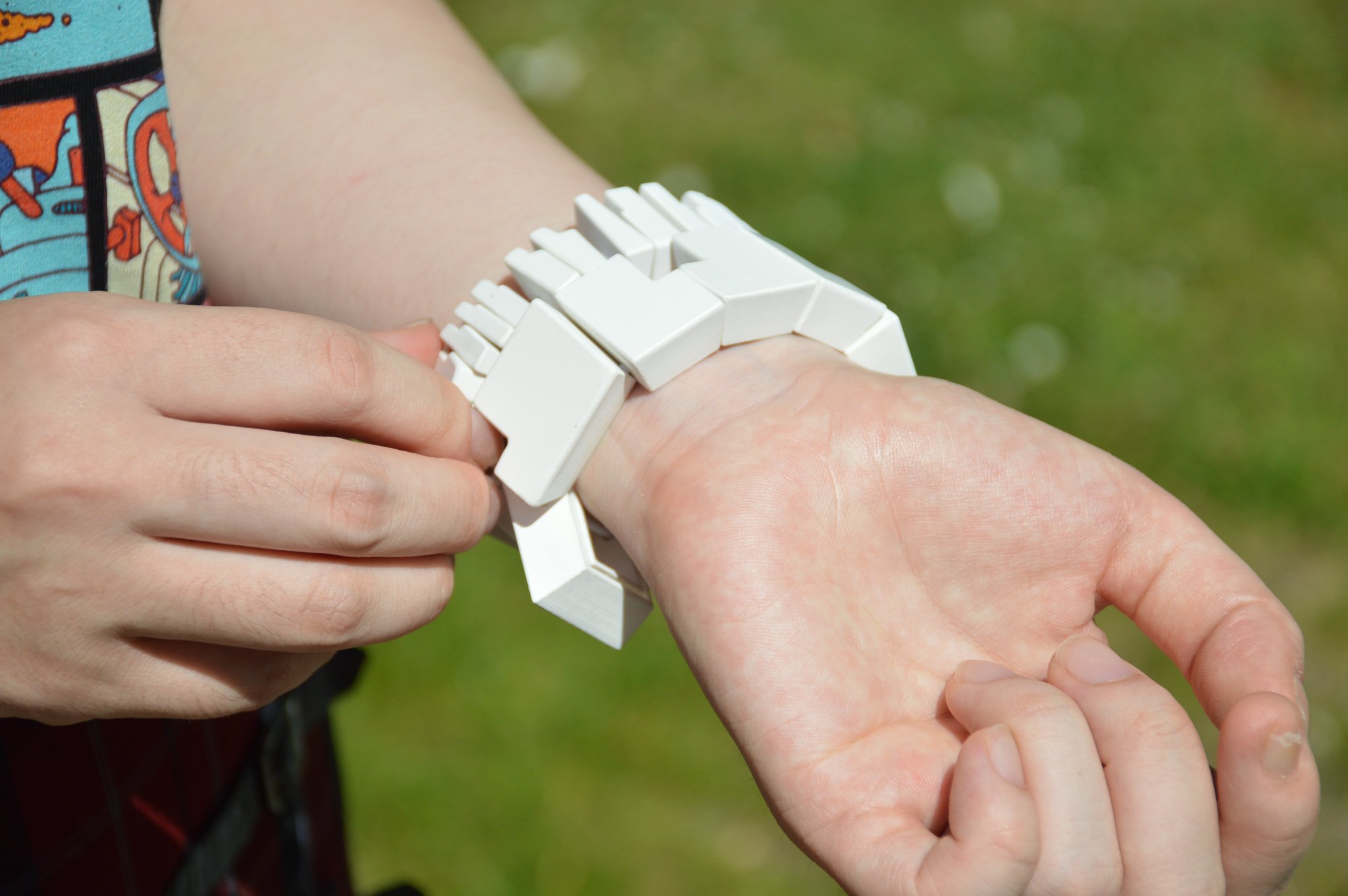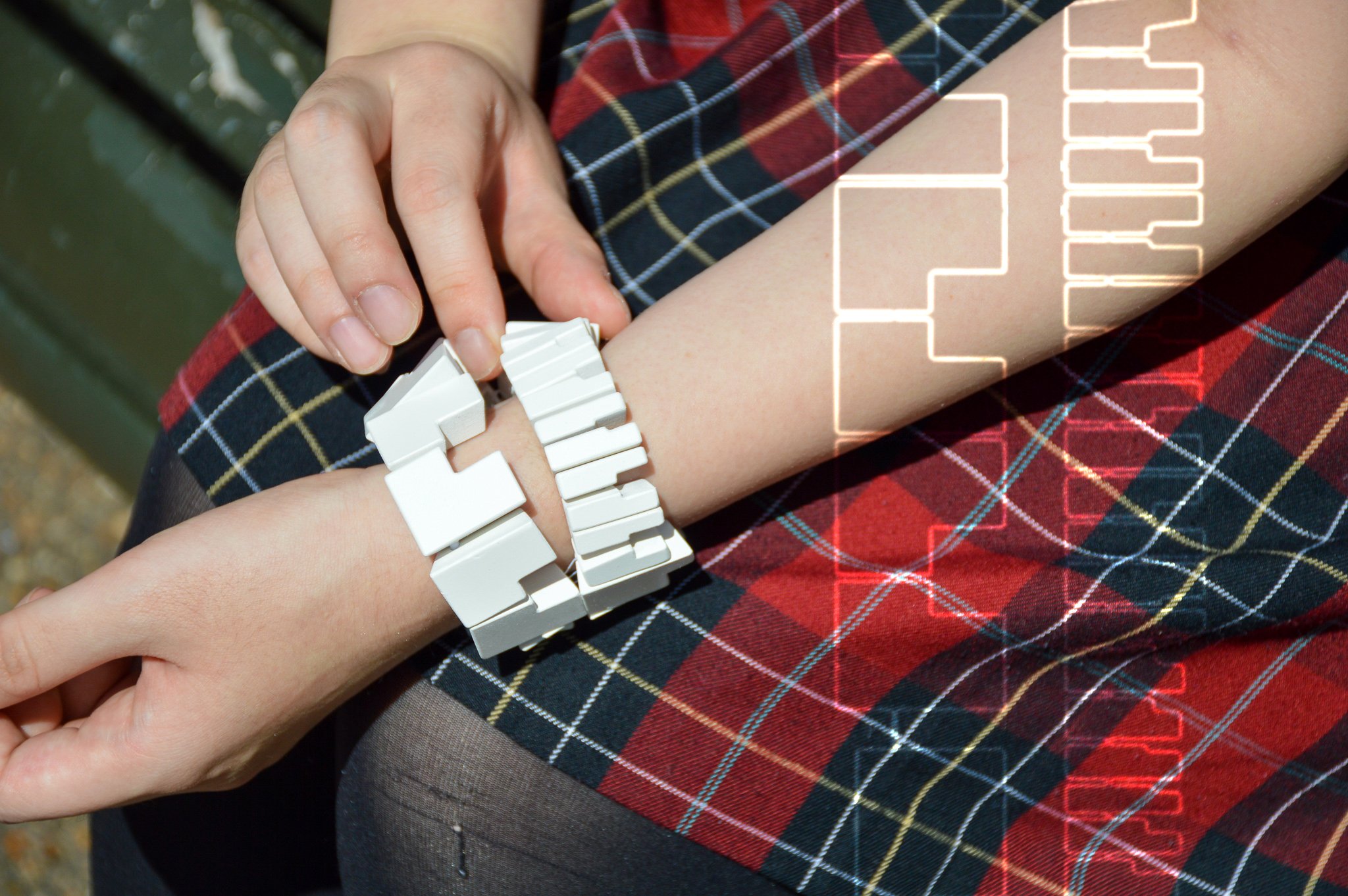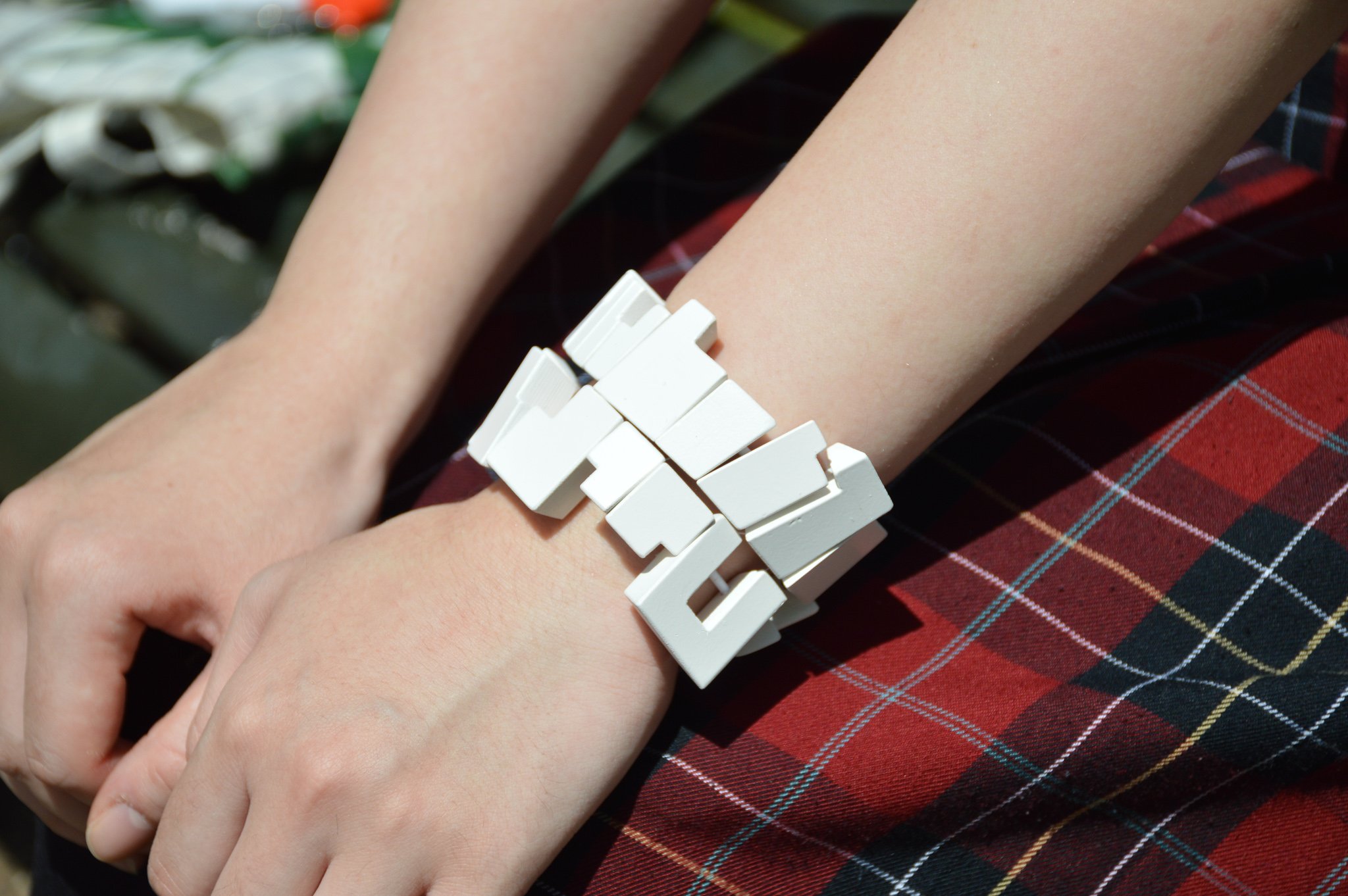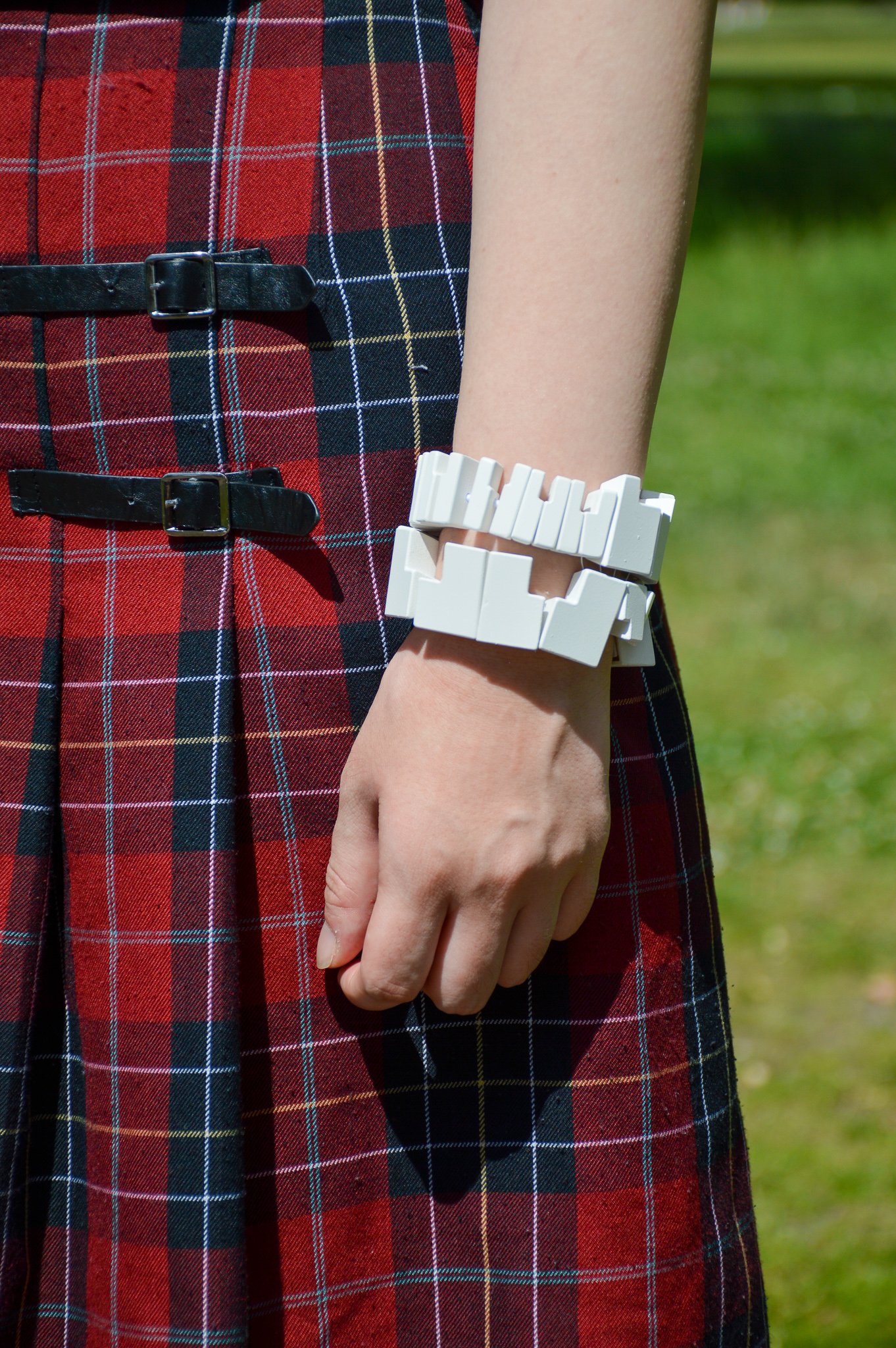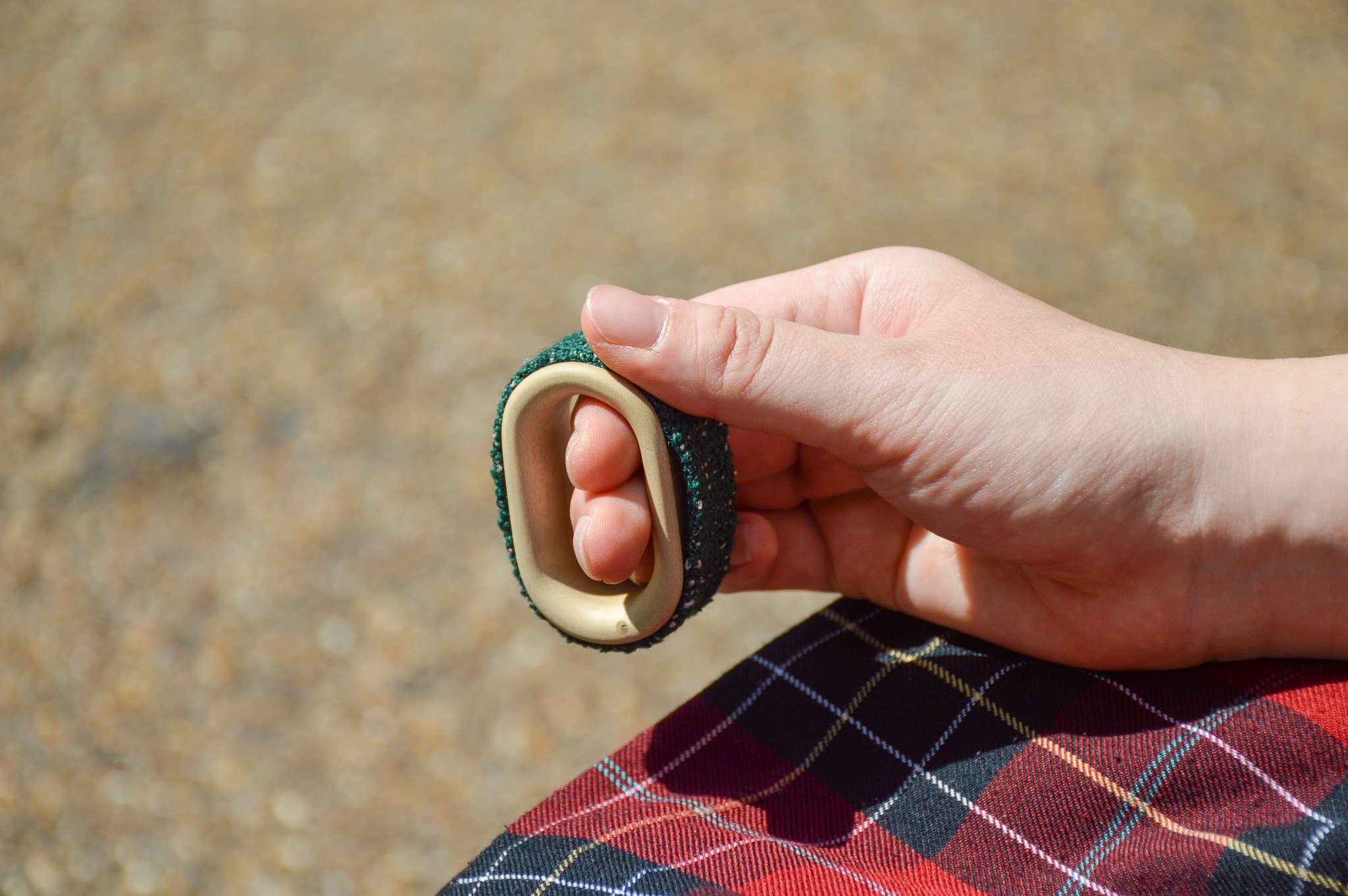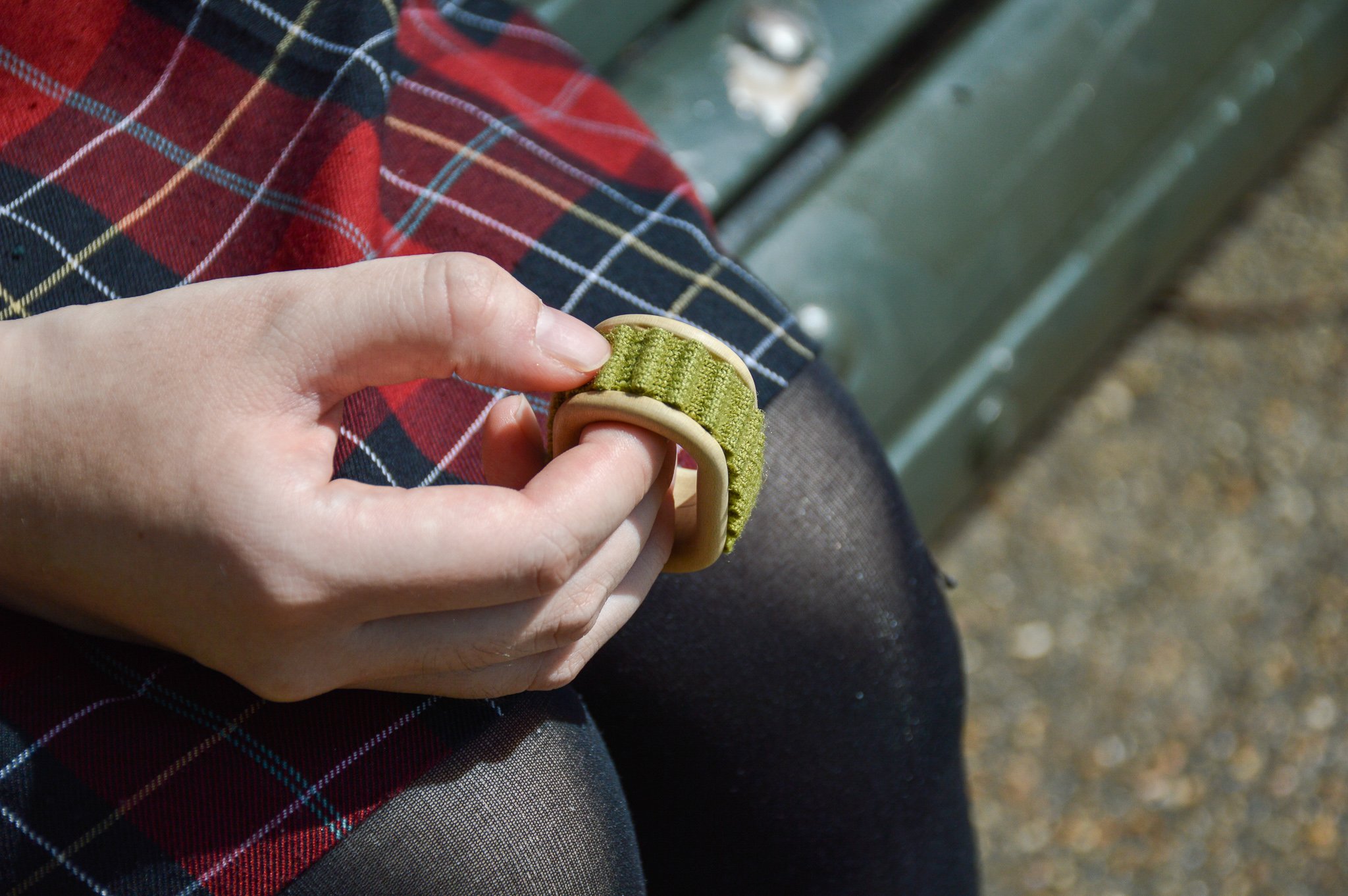
Ritual Interactions:
Machining
2022
Living with Neurodivergence has made me more aware of how I respond both intentionally and reflexively to mental and emotional hardship. It is through specific grounding rituals that I am able to maintain a sense of balance. When my mental state unraveled in early 2022, I found comfort in the meditative motions of the lathe, and the impermanence of wood–creating unique precision pieces that fit and function exactly as I designed them to. Physical Making became my means of therapeutically recovering from personal crises, and these small interactions are reflections of the rituals that I used to heal.
By reverse-engineering this process, and turning outwards to other Neurodivergent individuals, we worked to define their own grounding rituals through a Lexicon of tangible sensory descriptors and physical examples. The results were co-designed interactions that aim to afford the mental and emotional qualities of their rituals translated to a more accessible and discrete context.
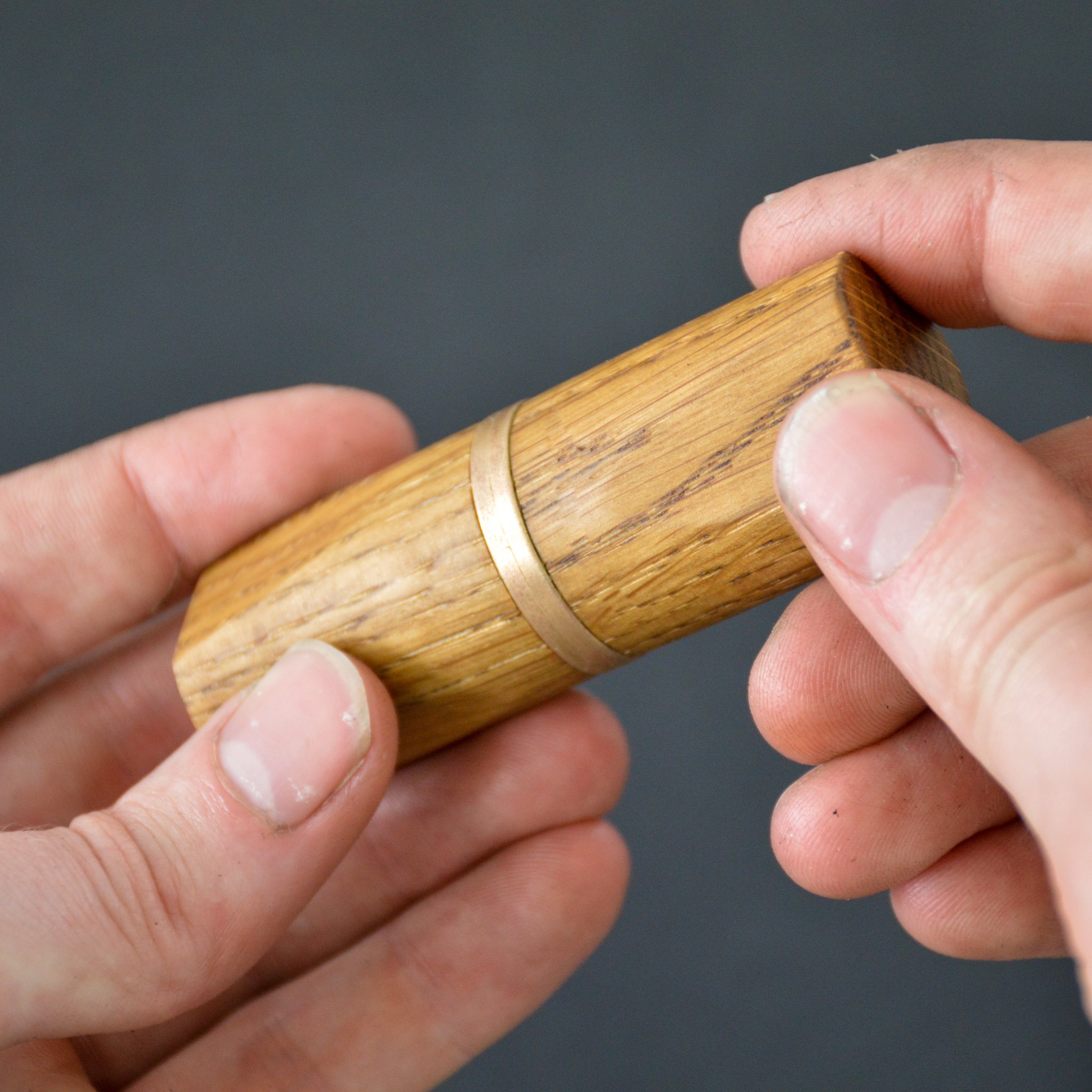
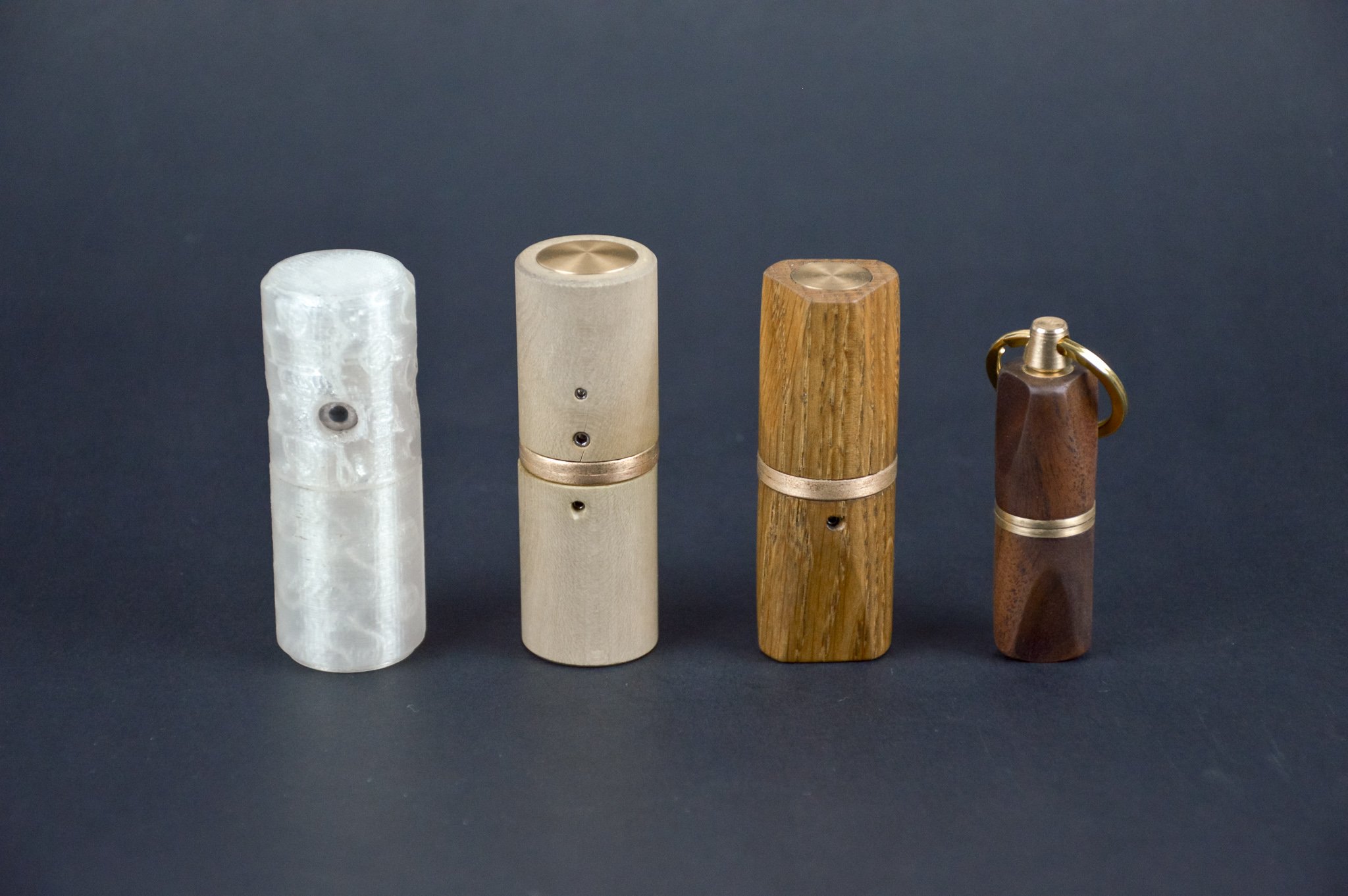
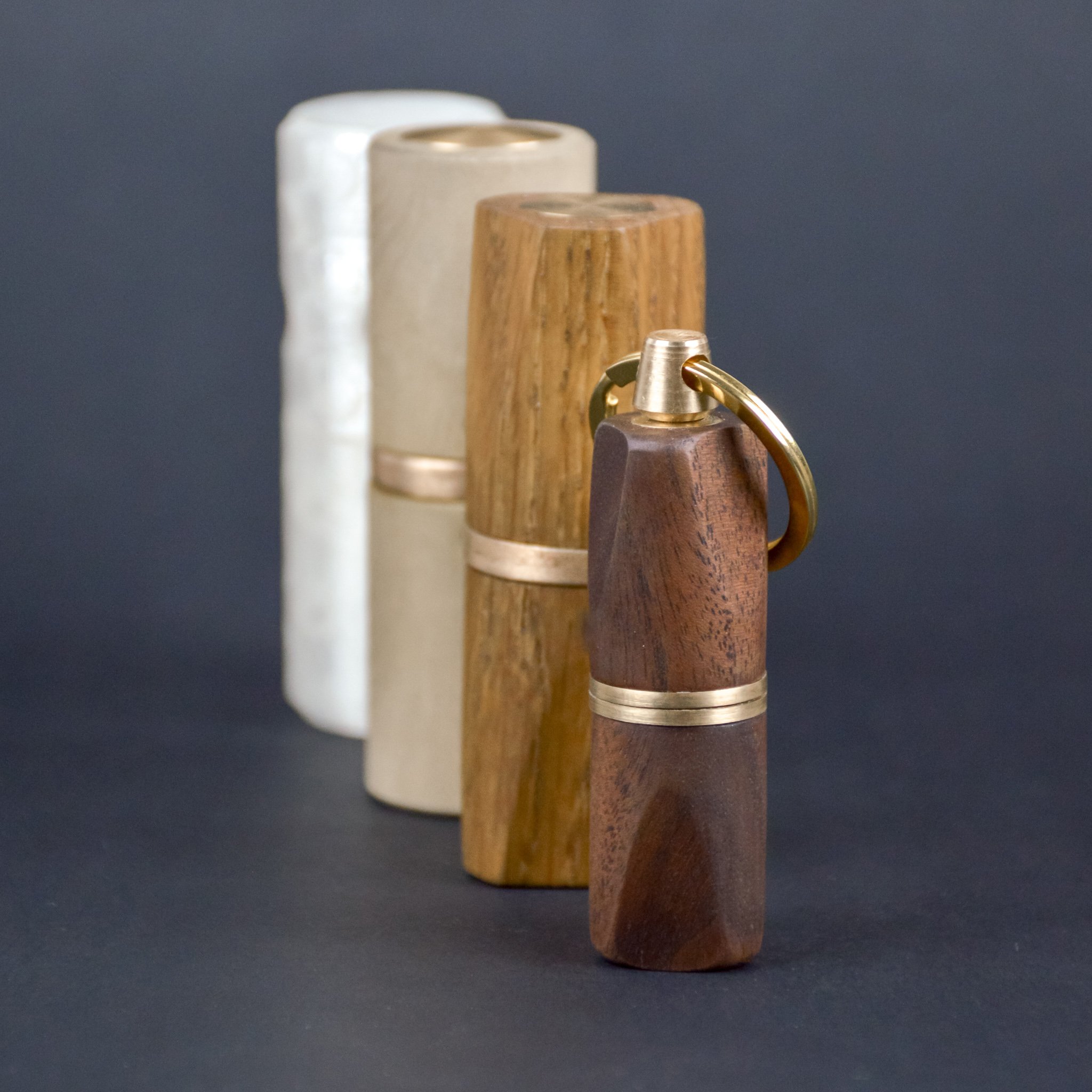


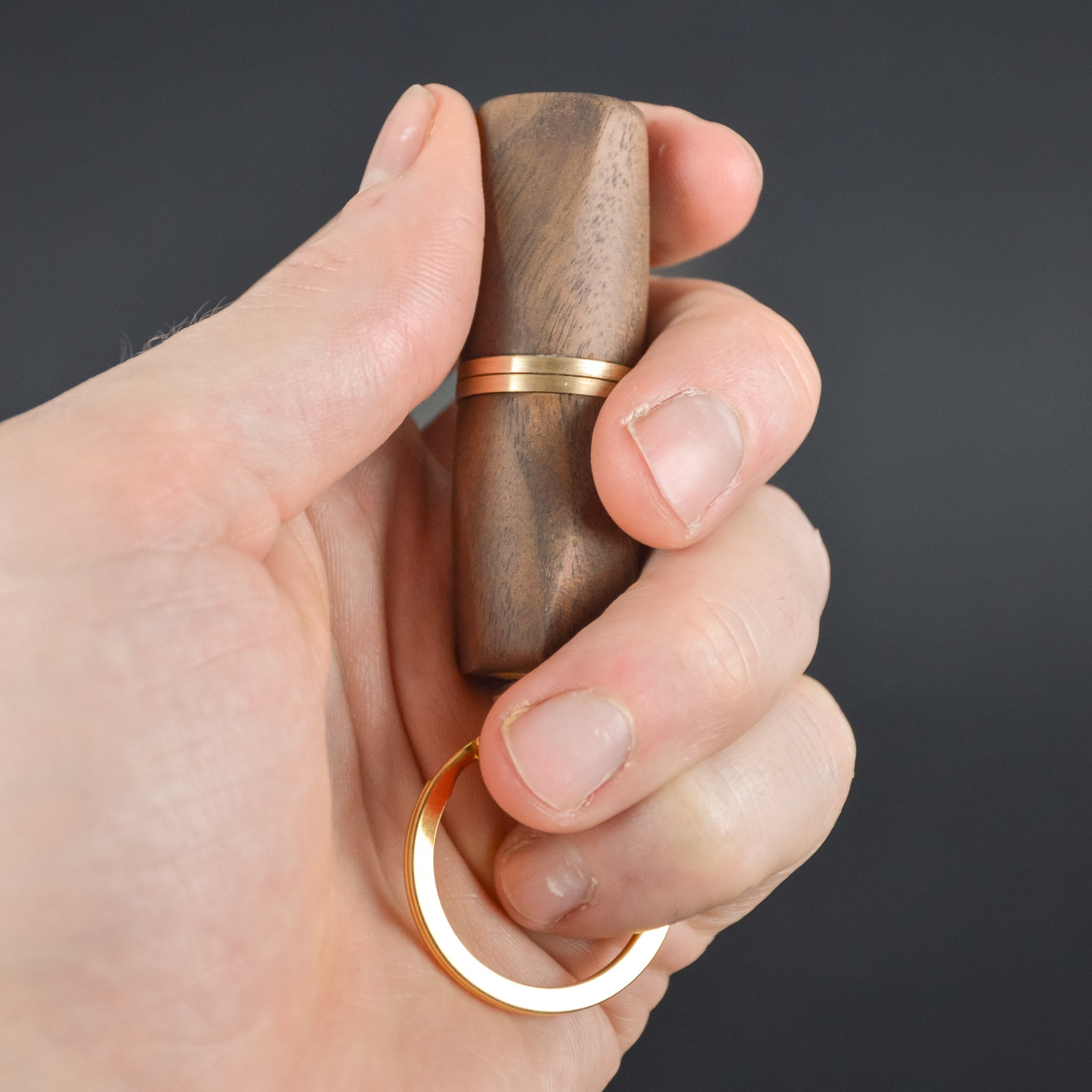


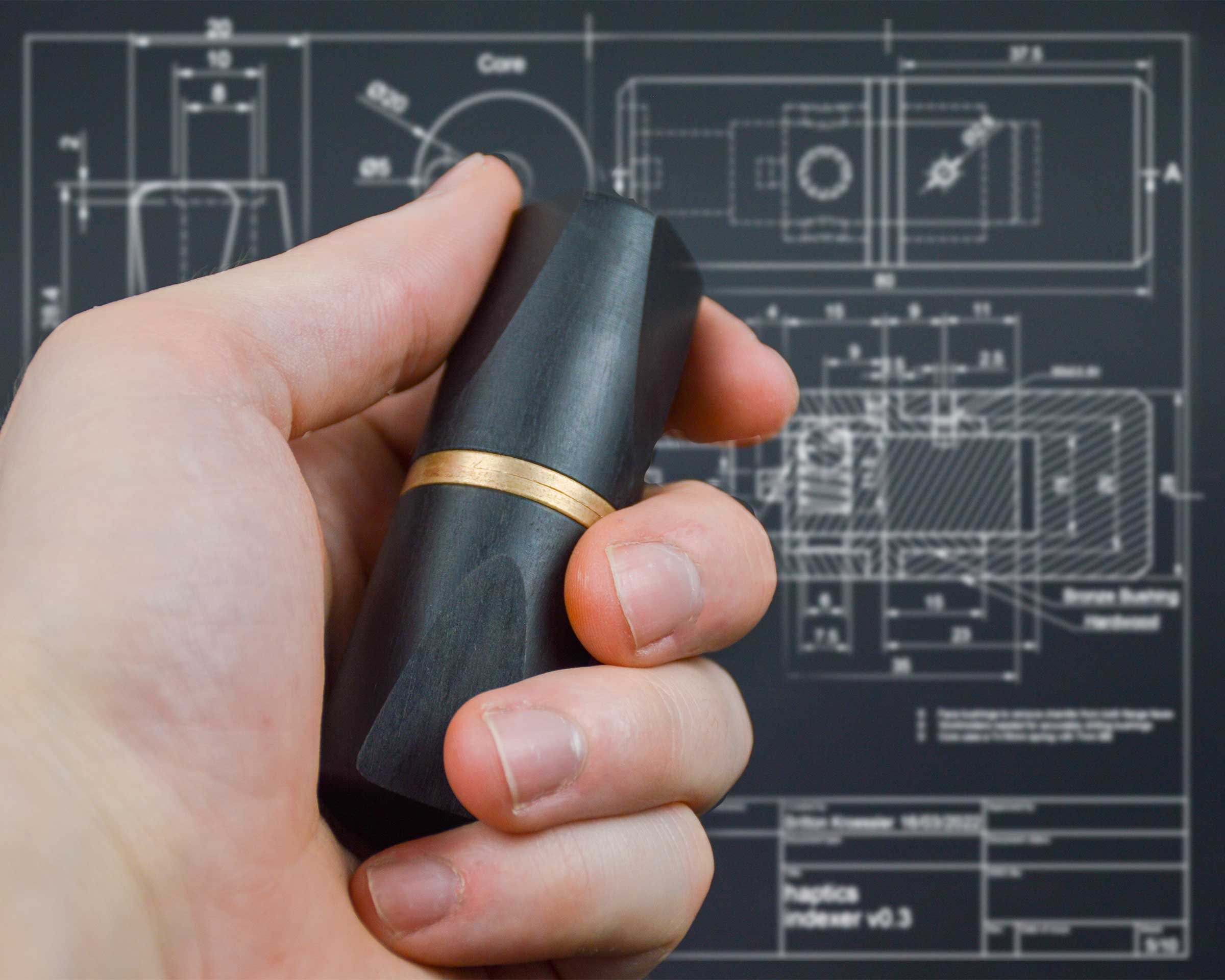
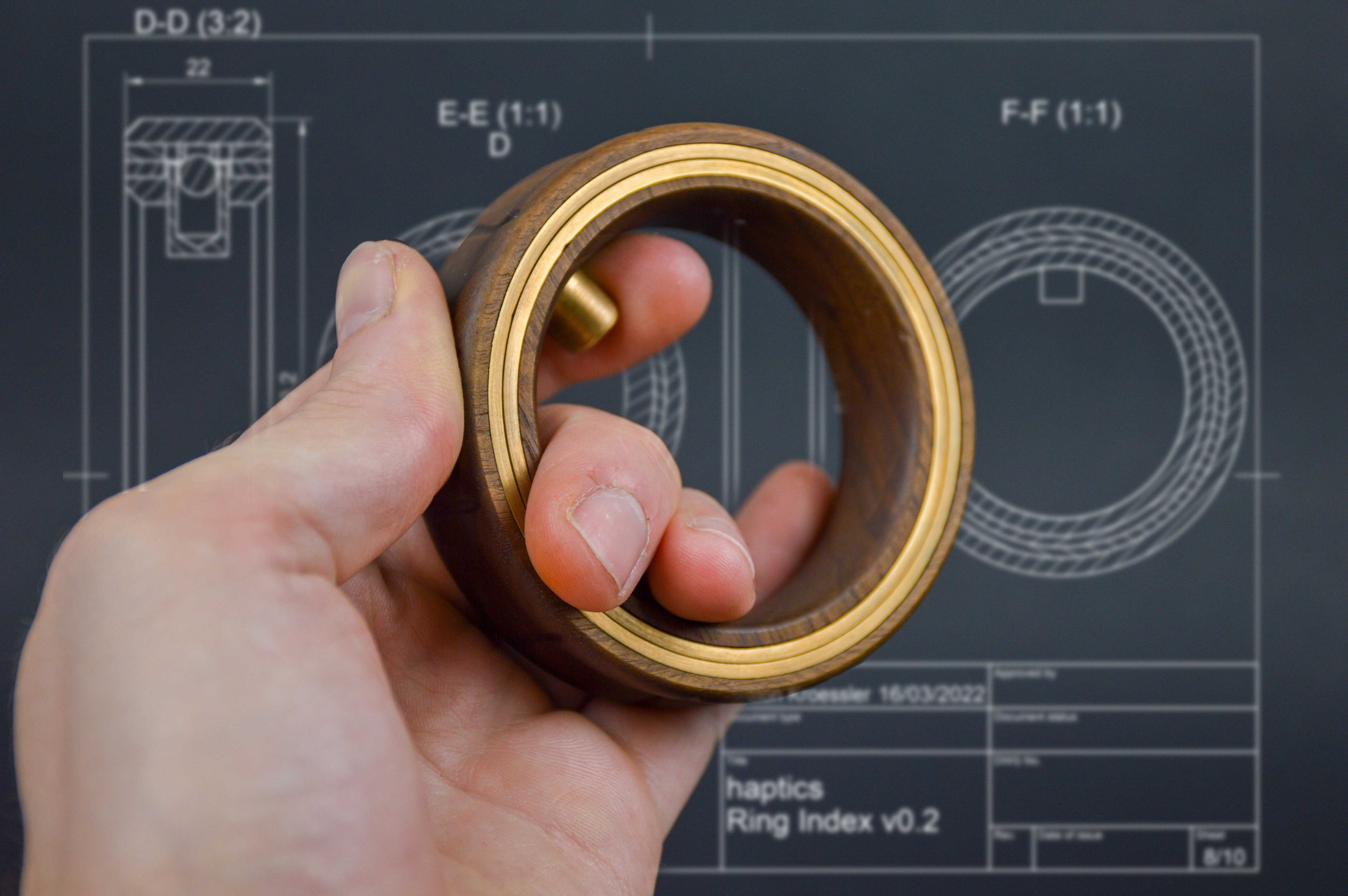
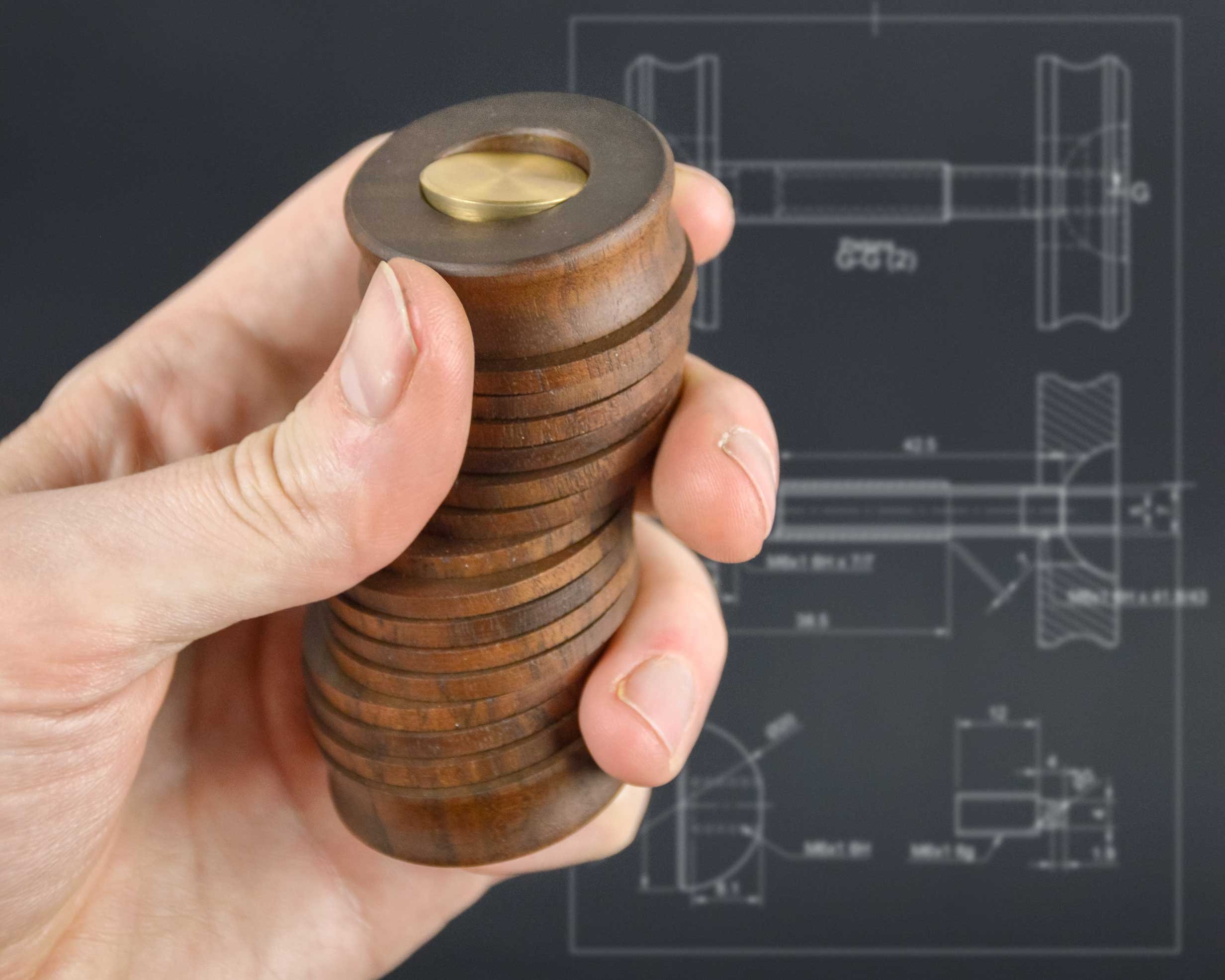
Ritual Interactions:
Walking
2022
In turning my process outward I developed a workflow that utilized a Sensory Lexicon to better define and explore the self-care routines and grounding rituals of other Neurodivergent people. Together we would sit down and talk about what they do to clear their head or calm themselves, which would then be synthesized into an interactive object tailored specifically for their needs. I hope to continue using and developing this workflow to better understand the connections between Neurodivergent people and object interactions.
The following pieces were designed for ‘J,’ a Neurodivergent student in her
early 20’s based in London.
'J's ritual is centered around exploring her neighborhood on foot, and returning to familiar places. She will frequently listen to music on repeat, which helps gauge how long has been walking for. 'J' described recent circumstances to me that has made her more cautious about walking outside as frequently, and they have not had the emotional energy to overcome wanting to stroll as they previously did to decompress.
“It gives me a sense of control, knowing that I have been here before.” ‘J’ explained how important familiarity was to maintaining their mental balance; walking familiar routes was a form of meditation for them. She had a particular fondness for wood and fabric, stating how the familiarity of the material is comforting.
'J's interactions are centered on familiarity through location, and familiarity through material. A bracelet of the buildings along her favourite walking route allow her fingers to move through the familiar space when her body cannot. A small wooden loop with soft curves and a band of fabric to mimic the continuous walking of a familiar path, with fabrics of different density and textures to associate with different spaces and feelings.
